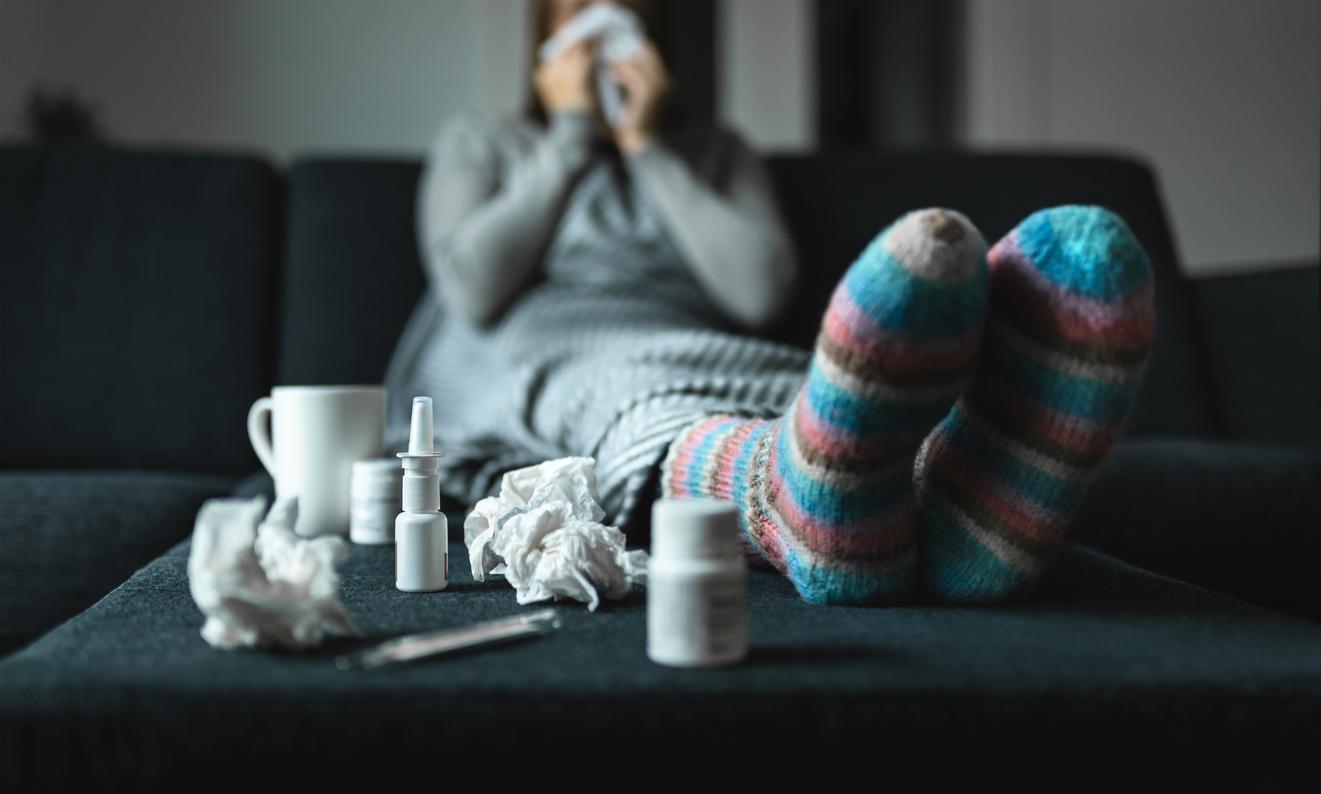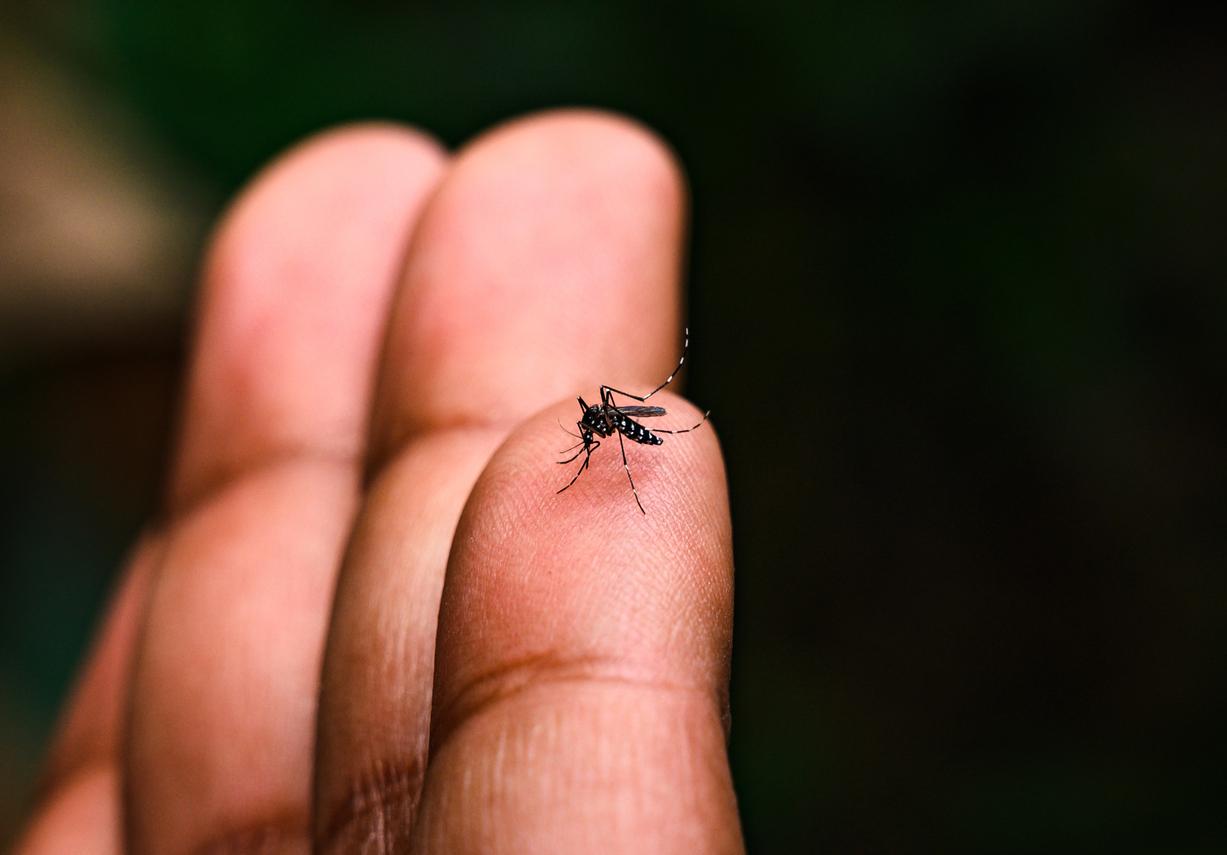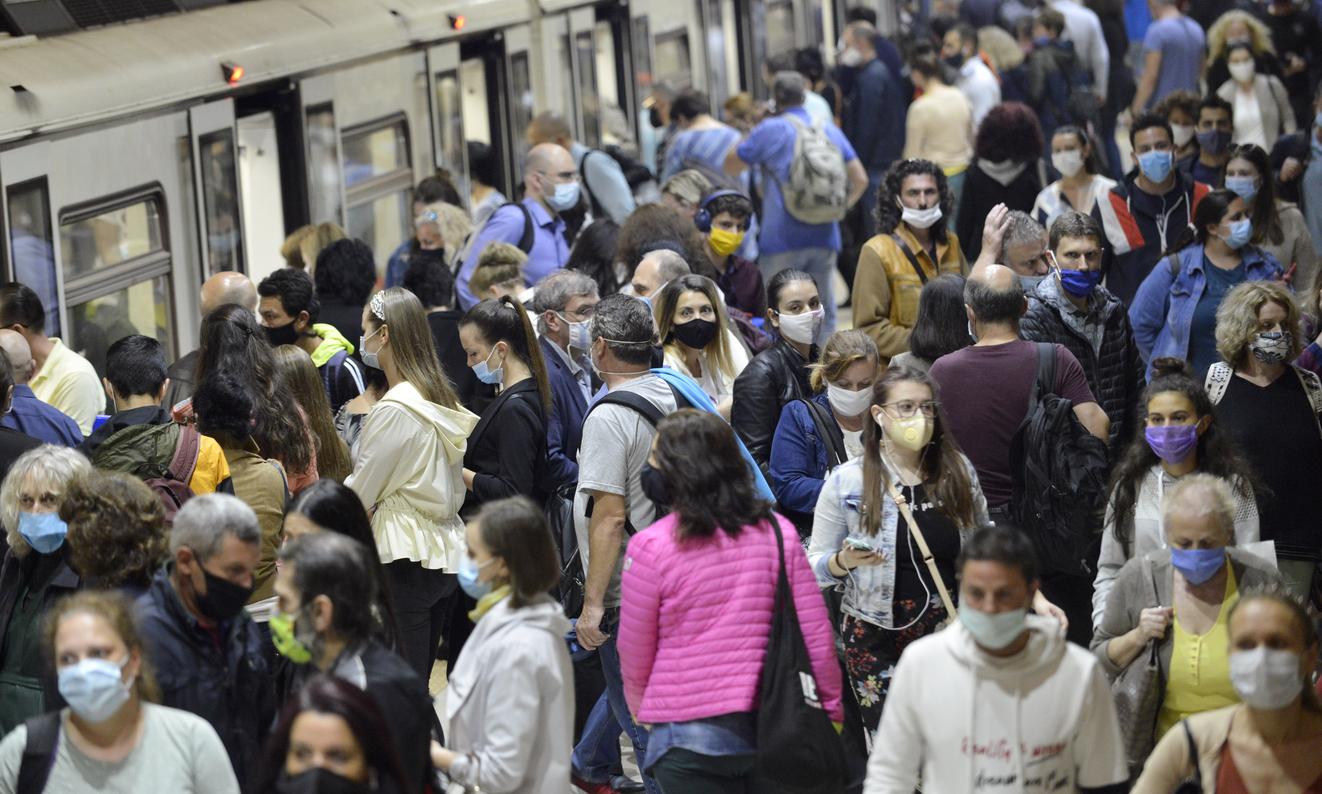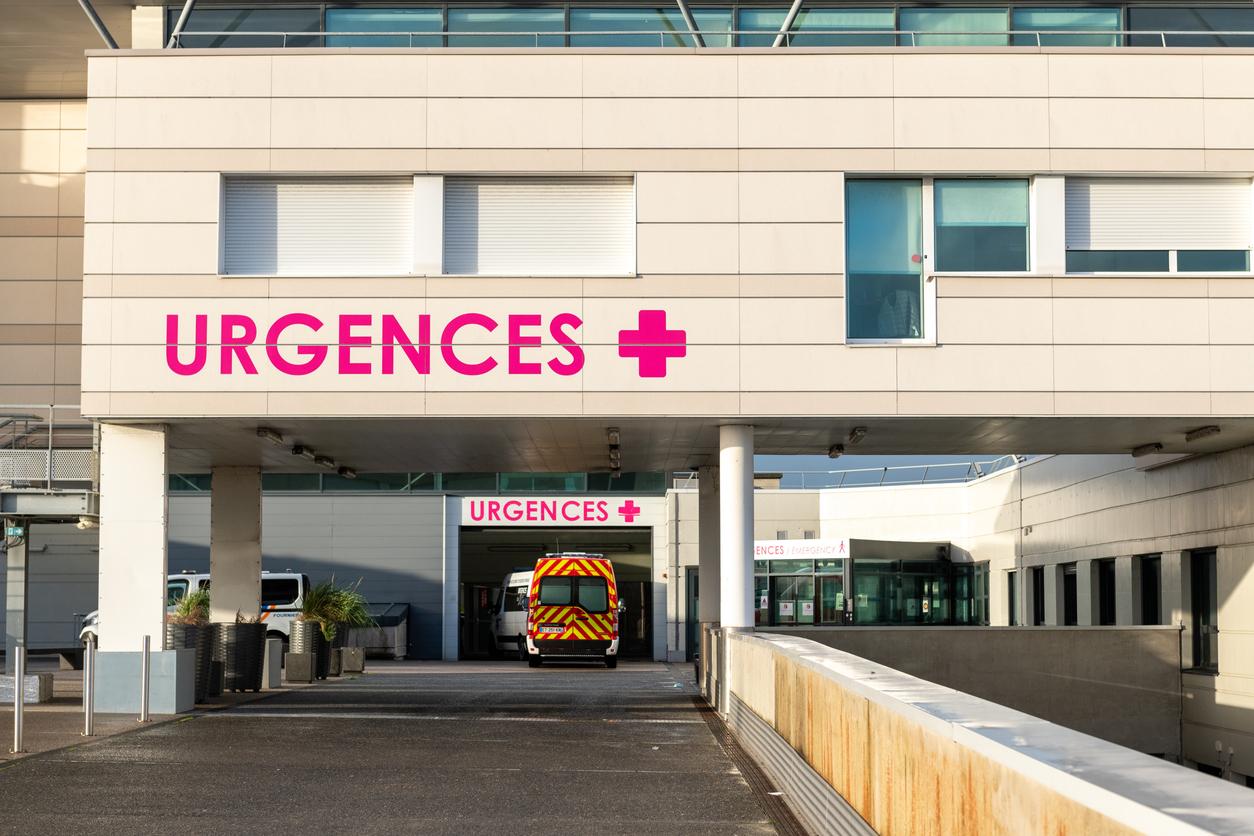To fight against Covid-19, the FFP2 mask is more filtering than the surgical mask. However, depending on the situation, the latter may be sufficient. Explanations.

- Since the start of the vaccination campaign in France, 10,507,294 people have received at least one injection (i.e. 15.7% of the total population and 20.0% of the adult population) and 3,601,263 people have received two injections (i.e. 5.4% of the total population and 6.9% of the adult population).
- France has had 98,395 deaths from Covid-19 since the start of the epidemic a year ago.
Since the beginning of the Covid-19 health crisis, masks have imposed themselves in our lives. But, sometimes, confusion still exists between those called FFP2 and surgical ones. The first filters the inspired air and the small particles it contains. Thus, it protects both the person who wears it and those who are at his side.
The surgical mask, meanwhile, is of particular interest to others because it limits the excretion of macro droplets, which may contain the virus. It is not enough to protect the wearer if he is in contact with individuals who do not have one, during a meeting for example. Indeed, it is only if all the participants in a discussion wear a surgical mask that it prevents them from contaminating themselves. And, if everyone wears it in a room, it limits the macro droplets present in the air, which also reduces the risk of contamination.
Wear the mask well for it to be effective
Today, these two types of masks are available for sale to the entire population. The FFP2 is a little more expensive than the surgical one, between two and three euros per piece for the first, while the second is sold in batches of fifty for five to ten euros depending on the shops. But FFP2 masks can be free in two cases: by seeking state medical aid or on medical prescription for people over 65 with certain risk factors such as diabetes.
Which mask should you choose in your daily life? FFP2 masks are mainly used by caregivers. Abroad, on the other hand, some countries such as Austria have made it compulsory for the entire population in shops and transport. In France, no rule is fixed. But if it is economically possible, it is preferable to use an FPP2 in situations where the surrounding people do not wear their mask well or not continuously, such as on the train or in the metro. Indeed, wearing a surgical mask is effective only if all the individuals present in a place wear it correctly and all the time. Thus, during a visit to a loved one, the surgical mask is sufficient if the individuals respect these conditions.
Perform a check-in for the FFP2 mask
Whether FFP2 or surgical, the mask must therefore be put on correctly and changed regularly to be effective. For this, the protocols are strict. It is necessary, before any manipulation, to wash your hands and, then, always grasp the mask by the elastics. It is only once placed on the face, that the user can adjust it. The surgical mask should cover the surface from the bottom of the chin to the nose, pinching the nose clip with both hands.
For FFP2 masks, the installation is more complex. They must mold and adapt to the person’s face. To check that it is properly put on, you must carry out a check-in, which allows you to check its tightness. To do this, you must inhale strongly and feel the walls of the mask stick to the face, nostrils and/or mouth. The user may experience difficulty in inhaling as the air is filtered, but this indicates that it is seated correctly and functioning well. But, if this test is failed, it means that there is an air leak. The mask must therefore be readjusted.
Wearing a mask is crucial but remains as important as the other barrier gestures. Thus, even with an FFP2, you must continue to respect social distancing, regular hand washing, sneezing into your elbow… Efforts that will still have to be made for several months.
.















